When it comes to building a strong, balanced physique, the importance of resistance training, recovery and nutrition cannot be overstated. Back workouts play a crucial role in achieving your fitness goals, contributing significantly to a well-rounded training routine. Let us explore the key reasons why back workouts, along with your other training components, such as weights, should be an integral part of your fitness journey.
1. Posture and Spinal Health: The muscles of the back, including the latissimus dorsi, rhomboids, and erector spinae, are essential for maintaining proper posture and spinal health. A well-developed and strong back provides the necessary support to maintain an upright posture, reducing the risk of musculoskeletal issues.
2. Balanced Physique: A balanced physique is not just about the front and mirror muscles; it’s about symmetry. Neglecting back workouts can lead to an unbalanced appearance, often referred to as “muscle imbalances.” To achieve a well-proportioned physique, it’s imperative to work on both the front and back of the body.
3. Functional Strength: The back muscles are fundamental for various functional movements, including lifting, pulling, and carrying. Whether you’re tackling everyday activities or engaging in sports and physical challenges, a strong back enhances your functional strength and performance.
4. Injury Prevention: Weak back muscles can lead to a range of issues, including lower back pain and susceptibility to injury. Strengthening the back muscles, especially the erector spinae, can help reduce the risk of back-related injuries and improve overall durability.
5. Core Support: The muscles of the back work in synergy with the core muscles to provide stability and support. A strong back complements your core strength, contributing to a solid foundation for various movements and exercises.
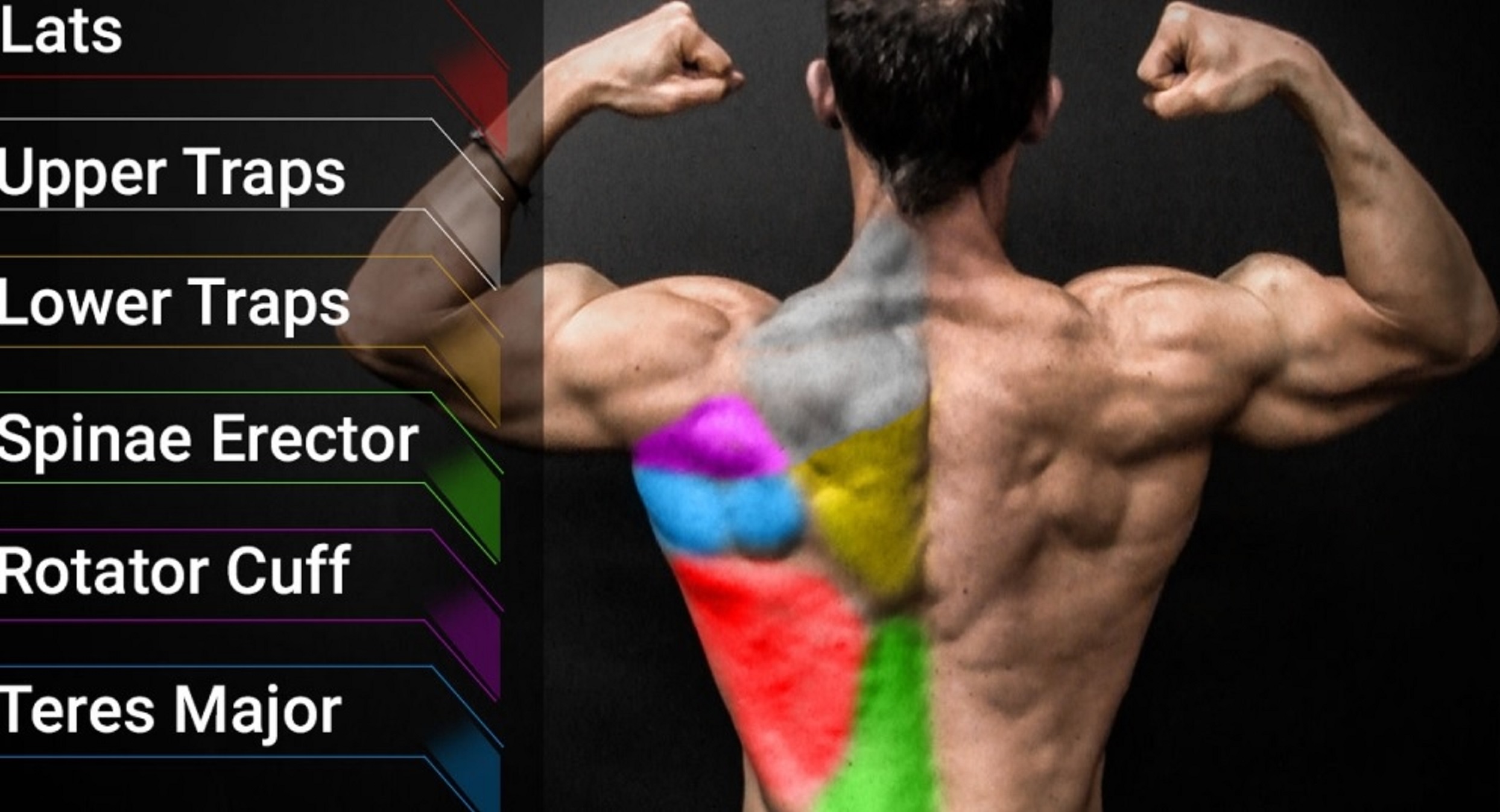
Understanding the Anatomy of the Back Muscles
The back is a complex and intricate region of the body, composed of various muscles that work in harmony to facilitate a range of movements.
1. The Latissimus Dorsi (Lats):
- The latissimus dorsi, or “lats,” are the broadest muscles of the back and extend from the lower spine to the upper arm.
- The lats are primarily responsible for shoulder adduction, extension, and internal rotation. These muscles are pivotal for movements like pulling, lifting, and even breathing.
2. The Trapezius (Traps):
- The trapezius muscles span from the base of the skull to the lower thoracic spine and across to the shoulder blades.
- The trapezius muscles are vital for shoulder elevation, depression, retraction, and rotation. They play a significant role in neck and head movements.
3. The Rhomboids:
- The rhomboid major and rhomboid minor are located between the shoulder blades.
- These muscles are crucial for scapular retraction and rotation, contributing to good posture and shoulder stability.
4. The Erector Spinae:
- The erector spinal muscles run along the vertebral column, from the sacrum to the base of the skull.
- The erector spinae muscles support the spine and are responsible for spinal extension, aiding in upright posture.
5. The Teres Major and Teres Minor:
- These muscles are situated on the upper back, connecting the scapula to the humerus.
- The teres major and teres minor assist in the rotation of the arm and shoulder.
Ranking The Top Back Exercises
Achieving a bigger, thicker, and wider back is a goal for many fitness enthusiasts. To reach this objective, one must engage in specific exercises that target the back muscles with precision. In this ranking of the top seven back exercises, let’s explore each one, highlighting the form and sets required to make them effective.
Number Seven: The Underrated Deadlift
- Before we dive into the rankings, let’s address the elephant in the gym: deadlifts have earned the seventh spot on our list. It’s essential to understand that the order here is a matter of personal perspective and prioritizing specific aspects of back development.
- However, it’s not your standard deadlift that’s being emphasized. We’re talking about high-repetition sets, the kind that leaves you feeling like you’ve grown a tail. These sets separate those who merely go through the motions from those ready to strap in, challenge themselves, and stimulate growth.
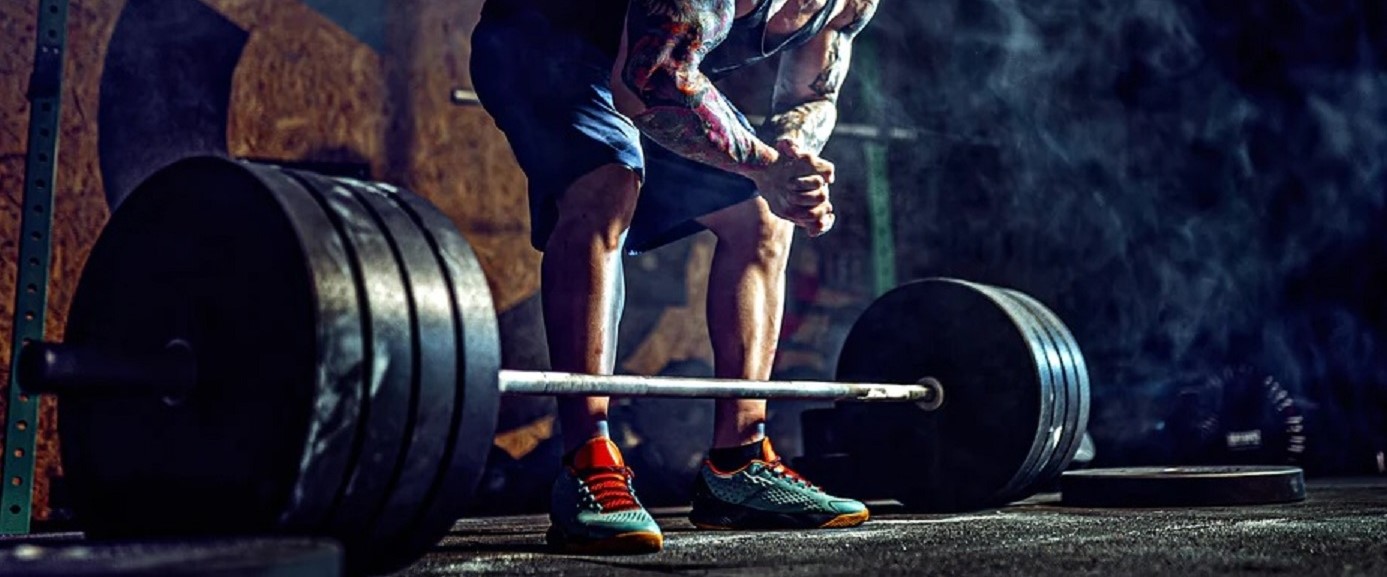
Number Six: The Standing Hyperextension
- In the sixth position on our list, we find the often-overlooked but highly effective standing hyperextensions. These exercises offer a unique way to target and strengthen your back.
- When performing standing hyperextensions, the goal is to create an intense sensation in your mid to low back. This exercise is an excellent tool for strengthening these regions and improving back stability.
- One key to making this exercise work is to focus on flexion and extension. Begin by grabbing a barbell with a supinated grip, and maintain fixed elbow positions. As you initiate the exercise, gradually lean forward, creating a stretch in your lower back.
- Now, here’s the game-changer. As you contract up, visualize the movement originating from your “butt crack” and arch upward from there. Your objective is to drive the movement up, emphasizing the connection between your lower back and upper back. Remember not to stand up too straight; the emphasis here is on contracting your back.
- The result? By following this focused approach, you’ll experience an incredible pump in your mid to low back. While this might not be a mainstream exercise, its efficacy in strengthening these crucial back areas should not be underestimated.
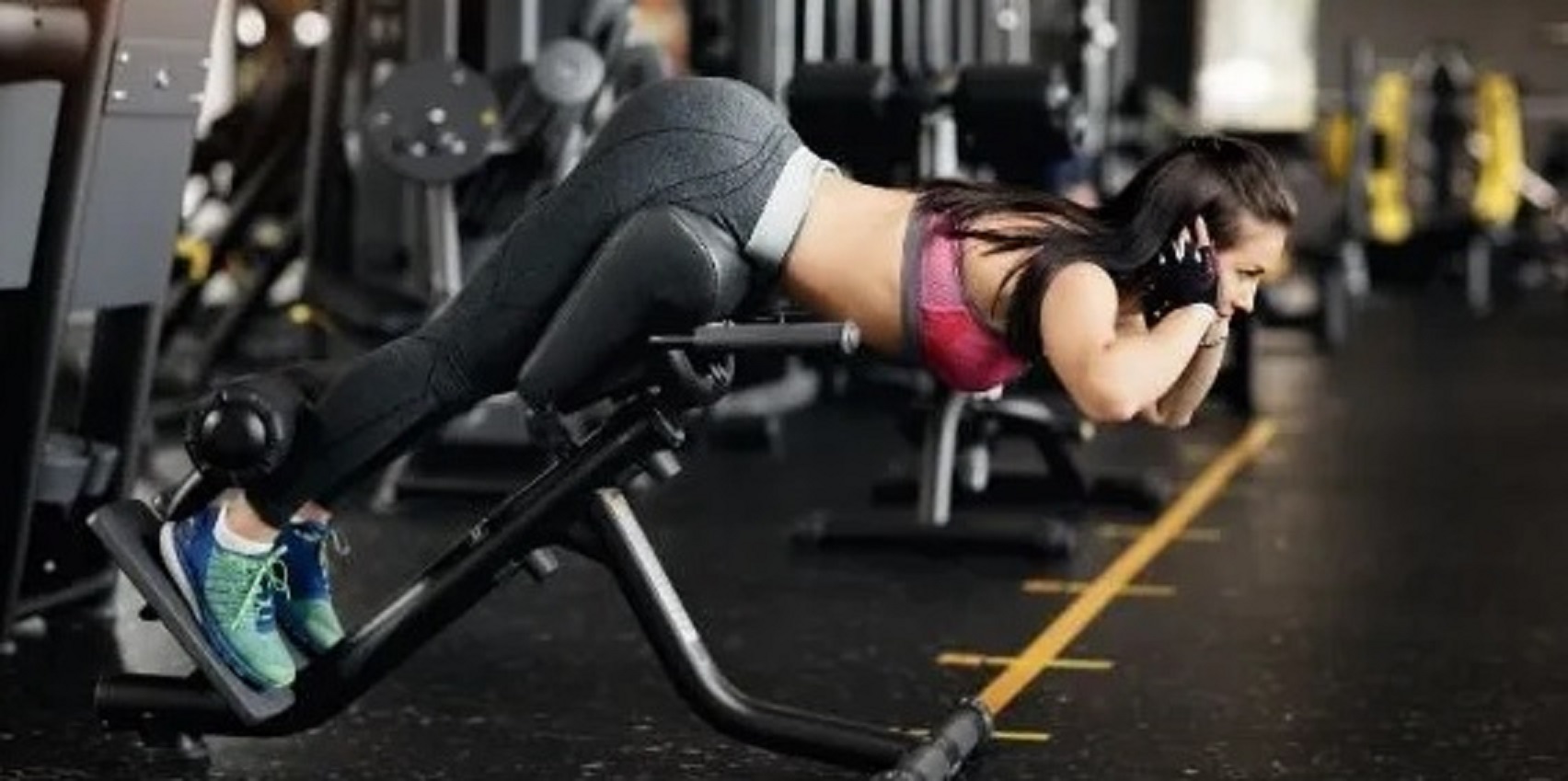
Number Five: The Game-Changing V-Bar Pull-Downs
- V-bar pull-downs are an essential exercise for building a strong and well-defined back. This exercise isn’t just about moving weight; it’s about working against the movement for maximum results.
- Many people approach b-bar pull-downs by engaging their chest and biceps for lifting the weight. This not only diminishes the effectiveness of the exercise but can also lead to injuries or strain.
- The key to unlocking the full potential of V-bar pull-downs is to maintain fixed elbow positions throughout the movement. Instead of merely pulling the bar down to your chest, consider a different approach – visualize pulling it right down to your lower chest.
- By lowering the bar in this manner, you emphasize the engagement of your lats and back muscles instead of relying on your chest and biceps. This shift in focus can make a significant difference in the results you achieve from your workouts.
- Proper execution is the key to maximizing the benefits of this exercise and building a strong and well-defined back.

Number Four: The Intense V-Bar Pull-Ups
- Coming in at number four, we have the challenging V-bar pull-ups. This exercise involves using the same V-bar handle and maintaining the same form as with standard pull-ups. However, it’s important to note that not everyone can perform V-bar pull-ups with ease, and that’s perfectly fine.
- If you find V-bar pull-ups to be a significant challenge, there’s no need to feel discouraged. The key is to adapt and find a way to work within your capabilities to eventually build your strength and skills.
- For those who are unable to perform full V-bar pull-ups, a useful technique is to incorporate negatives. Here’s how it works: Begin by assisting yourself to the highest position you can reach. This usually involves jumping or using a platform to get into the pull-up position.
- Once in the elevated position, your goal is to fight the negative, or the downward phase of the exercise, as slowly as possible. This controlled descent places significant stress on your muscles, even if you can’t perform the full pull-up.
- After lowering yourself as slowly as you can, return to the starting position (the top) and repeat the process. Keep doing this until you can no longer control the negative phase effectively.
- Using the negative approach, you’re essentially breaking down the pull-up movement into its most challenging part: the lowering phase. This allows you to focus on building strength in the specific muscles involved and improves your pull-up skills. Over time, with consistent practice and dedication, you’ll progress to performing full V-bar pull-ups, and your strength and confidence will increase.
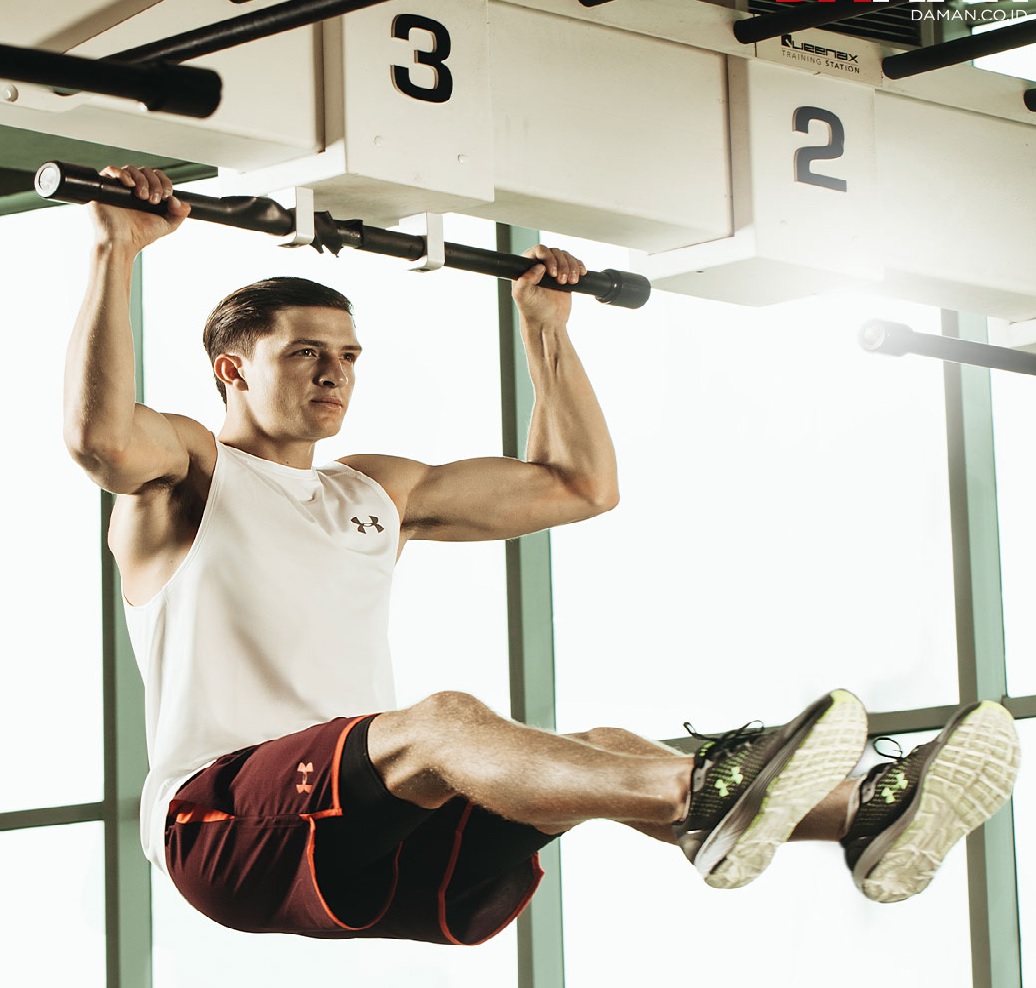
Number Three and Two: The Back-Blasting Dynamic Duo
Our journey through the top back exercises continues with number three, an exercise that holds a special place in the hearts of many bodybuilders. This exercise is renowned for its ability to annihilate your lats and deliver exceptional results. While the specific handle or grip you use might not be crucial, the technique and form you apply are essential.
Seated Cable Rows: The Ultimate Lat Annihilation
- The exercise we’re talking about is the seated cable row, a movement that ensures you’ll leave the gym with your entire back in agony. The magic of this exercise lies in the way you perform it.
- Start with your elbows flexed and held in a fixed position, and get ready to make the most of every repetition. As you begin the movement, focus on achieving full flexion by driving your elbows back and forcing a deep stretch in your lats.
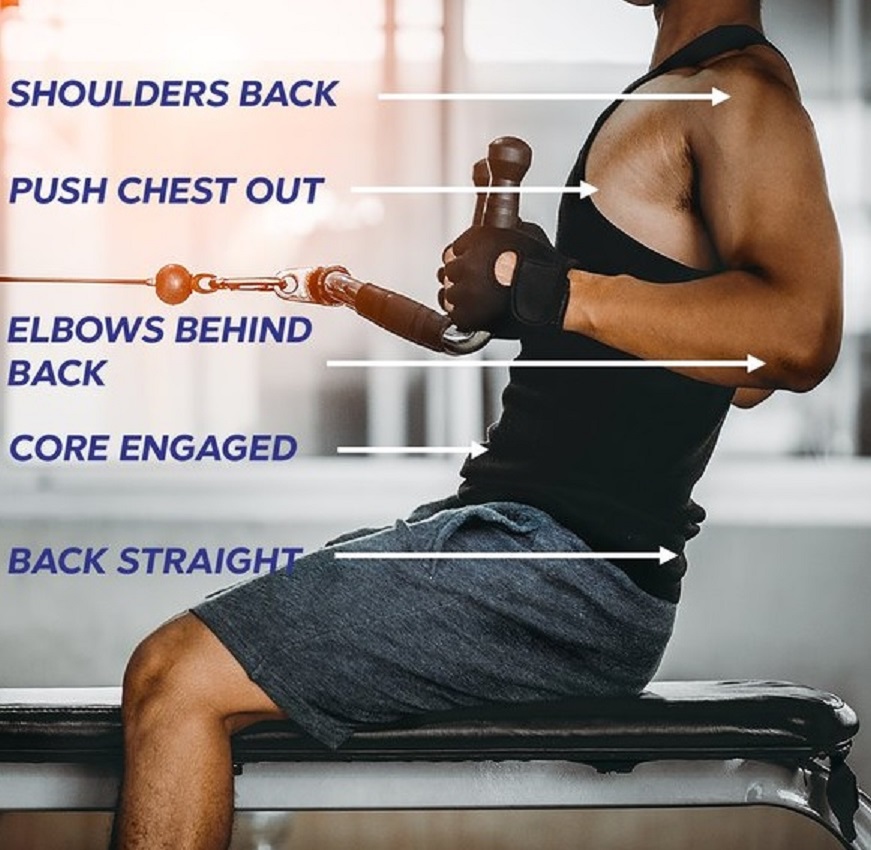
- Here’s where the true intensity kicks in. As you initiate the contraction phase, resist the temptation to simply pull the handle toward your body. Instead, visualize arching over the cable, extending your torso backward as you drive your elbows rearward. This approach maximizes the activation of your lats, and you’ll feel the burn with every rep.
The Dumbbell Rows:
- Coming in at number two is another lat destroyer—the dumbbell row. This exercise is an incredible upper-back builder. When performed correctly, it can leave you feeling like your entire back has been put through the wringer.
- One of the best things about the dumbbell row is that you can immediately feel its impact. You’ll walk into the gym, grab those dumbbells, and as you execute each rep, you’ll sense the transformation happening in your back. By the time you finish the set, you’ll know you’ve just unleashed a powerful stimulus for growth.
- So, as you tackle these exercises, remember the key is to focus on form and technique. Whether it’s the seated cable row or the dumbbell row, it’s all about maximizing the stretch and contracting the muscles for maximum gains. Prepare to be sore, but know that with each repetition, you’re one step closer to building a bigger, thicker, and wider back.
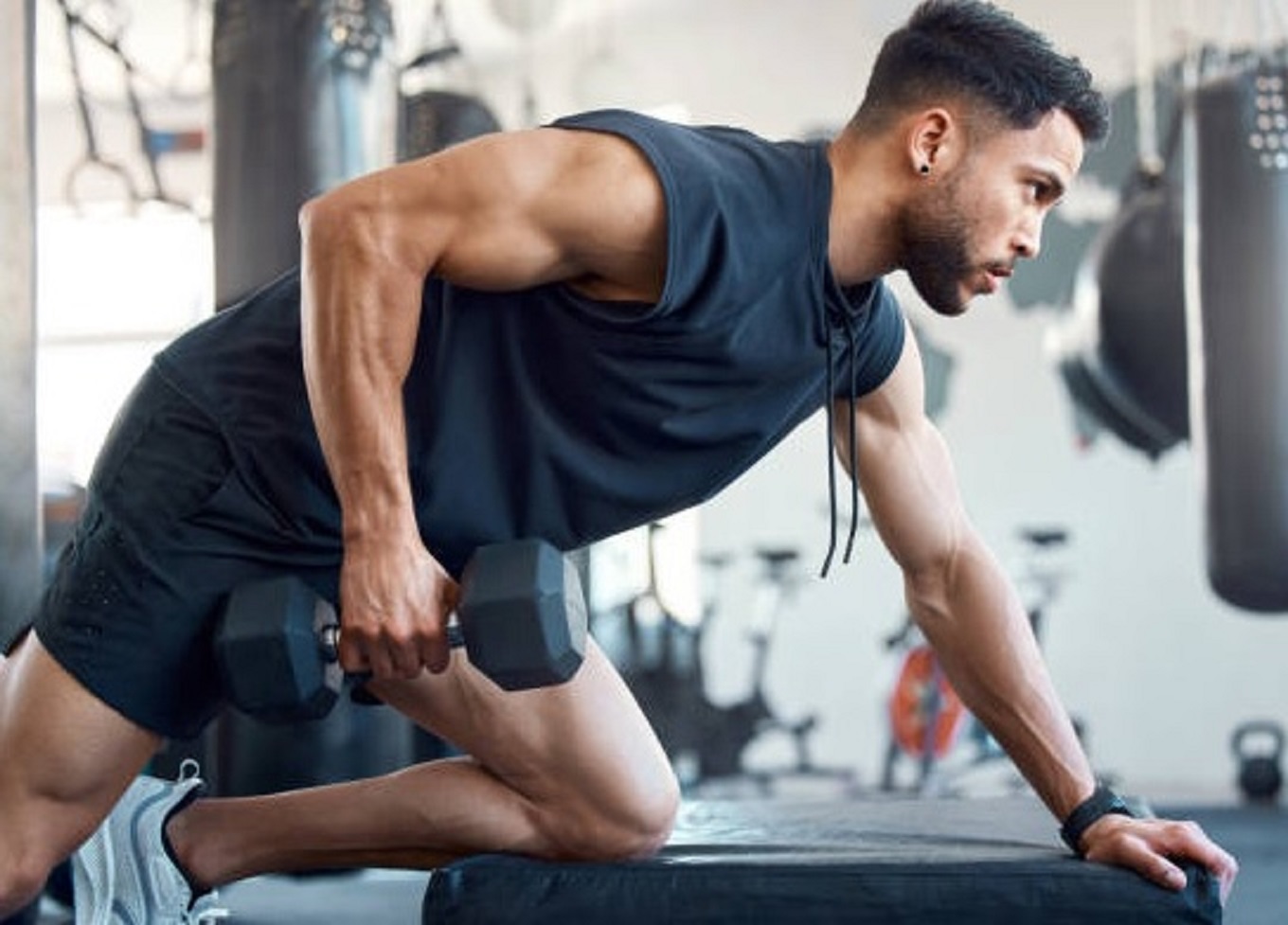
Number One: The old-school plate-loaded pullover machine
- When you use this machine, you experience an unparalleled workout for your lats. The feeling it provides is incomparable, leaving you with sore lats and an overall sense of accomplishment. Sadly, not every gym has this coveted piece of equipment, which can be a real disappointment for back enthusiasts.
- However, there’s a solution for those who don’t have access to this legendary pullover machine. To recreate the experience and target those lats effectively, you can use a barbell on a bench. It’s not a perfect match, but it gets the job done if you apply the right techniques and form.
- First, ensure you’re fully conscious of your actions. Don’t rush through the exercise; instead, pay meticulous attention to your form. Remember, it’s not about grabbing the barbell and pulling it haphazardly; you need to perform this movement with precision.
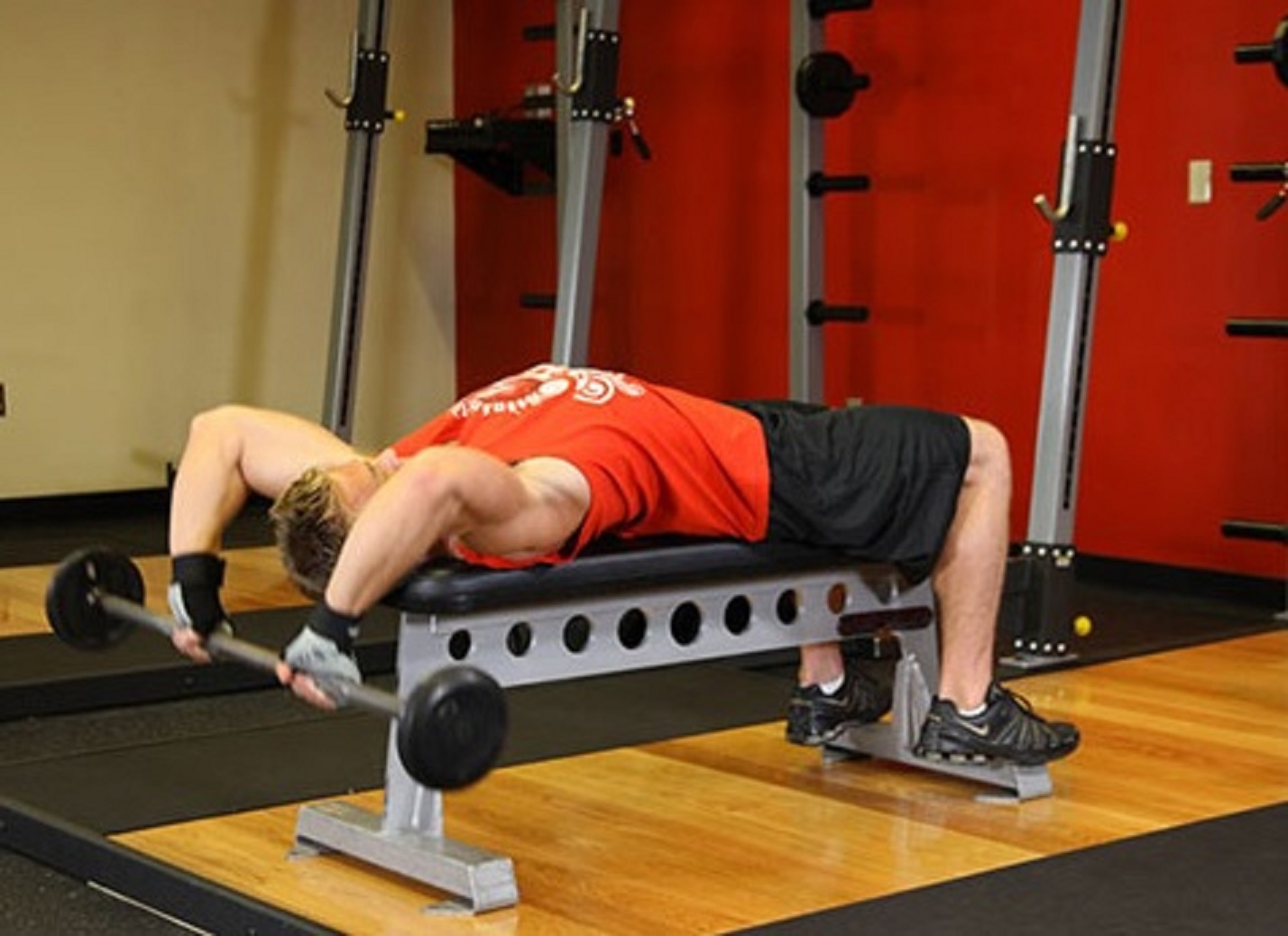
- However, here’s a word of caution: don’t approach this exercise with a “grip and rip” mentality. Treat it with respect, as it’s a means to access the lats and create that coveted connection. Even though you’re substituting a machine, the potential for incredible soreness and growth is still within your reach, provided you follow the right techniques.
These exercises aren’t for the faint of heart; they’re about pushing the boundaries, establishing that coveted mind-muscle connection, and sculpting a back that’s not only bigger and thicker but wider as well. So gear up, approach each rep with intention, and make every set count.









